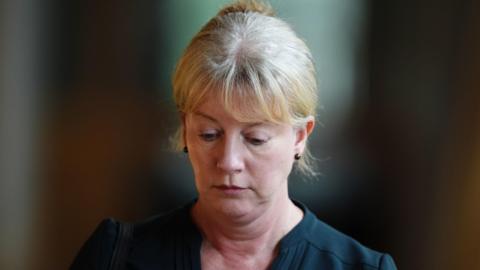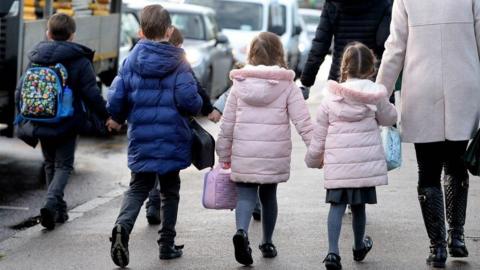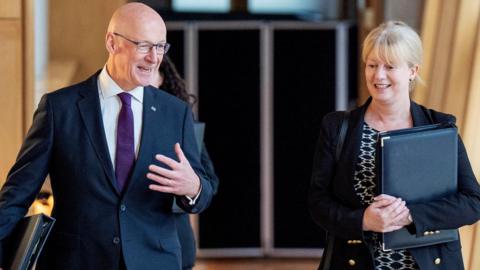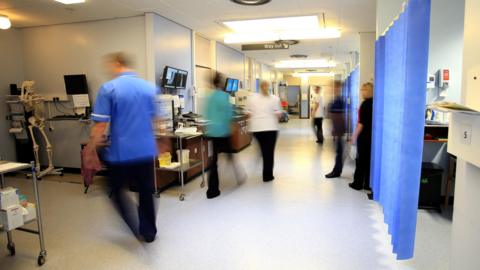The UK government says an extra £3.4bn is available to Robison for this Budget, which covers 2025/26, as a result of decisions made by Chancellor Rachel Reeves in her October Budget at Westminster.
That's because the lion's share of Scottish government funding comes in the form of an annual lump sum from the Treasury known as the block grant, calculated using a formula designed in the 1970s by a Labour politician, Joel Barnett.
But much of the increase has already been swallowed up by Scottish government decisions to raise salaries for public sector workers who, according to the Fraser of Allander Institute at Strathclyde University, are both more numerous per head and, "on average, paid more in Scotland," than those elsewhere in the UK.
The institute's annual budget report says that despite the increases in funding, the settlement for 2025/26 "is still tricky" and the finance secretary "will have limited room for manoeuvre".
Other pressures include the SNP's decision to fund a partial reversal of Reeves’ restriction of winter fuel payments for pensioners, and the impact of Labour’s decision to increase employers' national insurance contributions.
There are also calls for Robison to spend some £220m replicating relief from business rates - a form of property tax - announced by the chancellor for retail, hospitality and leisure firms in England.
"Given that there's no difference in the challenges being faced either side of the border, we think it's really incumbent on the Scottish government to pass on that 40% rates relief," says Stacey Dingwall, head of policy and external affairs for the Federation of Small Businesses Scotland.
Ms Dingwall says the Scottish government also needs to keep its promise to reset relations with business after a net loss of 20,000 small Scottish firms in 2023.



